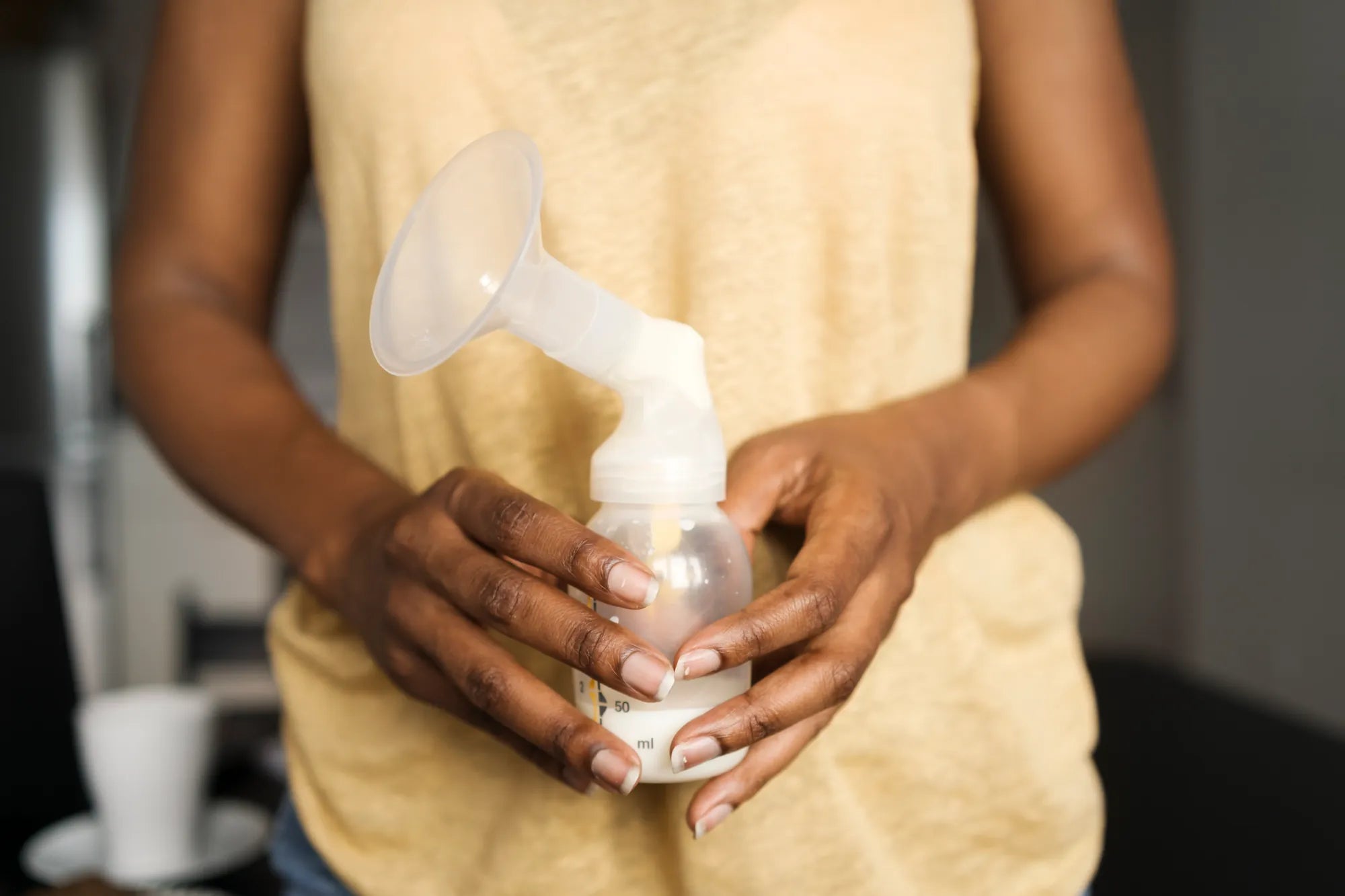Home
Pregnancy, Breastfeeding, and Pumping: The Ultimate Guide for Moms
How Often Should I Boil My Breast Pump: A Complete Guide

How Often Should I Boil My Breast Pump: A Complete Guide
As a new parent, ensuring the safety and hygiene of your breast pump is one of the most critical steps in providing the best care for your baby. One of the most common questions parents ask is, 'How often should I boil my breast pump?' The answer isn't just about frequency—it's about understanding the importance of proper sterilization and how it impacts your baby's health. In this comprehensive guide, we'll explore everything you need to know about boiling your breast pump, from the recommended frequency to the best practices for maintaining cleanliness.
Why Boiling Your Breast Pump is Essential
Boiling your breast pump is a crucial step in maintaining its hygiene. Breast milk is a nutrient-rich substance that can easily harbor bacteria if not handled properly. When you use a breast pump, it comes into direct contact with your milk, making it susceptible to contamination. Boiling the pump helps eliminate harmful bacteria, viruses, and other pathogens that could pose a risk to your baby's health. Regular sterilization ensures that your breast pump remains safe to use and prevents the growth of mold or mildew in hard-to-reach areas.
How Often Should You Boil Your Breast Pump?
The frequency of boiling your breast pump depends on how often you use it. For daily use, it's generally recommended to boil your breast pump at least once a day. However, if you use it multiple times a day, consider boiling it after every use to maintain the highest level of cleanliness. For occasional use, boiling the pump before and after each session is sufficient. Always refer to the manufacturer's guidelines, as some breast pump parts may not be suitable for boiling and could get damaged.
Step-by-Step Guide to Boiling Your Breast Pump
Boiling your breast pump is a straightforward process, but it's essential to follow the correct steps to ensure effective sterilization. Here's a step-by-step guide:
- Disassemble the breast pump completely, separating all removable parts.
- Wash each part thoroughly with warm, soapy water to remove any milk residue.
- Place the parts in a large pot and fill it with enough water to cover them completely.
- Bring the water to a rolling boil and let it boil for at least 5 minutes.
- Use clean tongs to remove the parts and place them on a clean, dry towel to air dry.
Remember to avoid using abrasive materials or harsh chemicals during the cleaning process, as they can damage the breast pump components.
Alternative Sterilization Methods
While boiling is a highly effective method for sterilizing your breast pump, there are other options available. Steam sterilizers, for example, use high-temperature steam to kill bacteria and are a convenient alternative to boiling. Microwave sterilization bags are another quick and easy option, especially for busy parents. Additionally, you can use sterilizing solutions or tablets designed specifically for breast pump parts. Whichever method you choose, ensure it's safe for your breast pump materials and follow the instructions carefully.
Tips for Maintaining a Clean Breast Pump
Keeping your breast pump clean goes beyond boiling. Here are some additional tips to maintain its hygiene:
- Always wash your hands thoroughly before handling the breast pump or its parts.
- Store the pump in a clean, dry place to prevent contamination.
- Replace worn-out or damaged parts promptly to ensure the pump functions effectively.
- Clean the pump immediately after use to prevent milk from drying and sticking to the parts.
By incorporating these practices into your routine, you can ensure that your breast pump remains in excellent condition and safe for your baby.
Common Mistakes to Avoid
When it comes to sterilizing your breast pump, there are a few common mistakes that parents often make. One of the most frequent errors is not disassembling the pump completely before cleaning. Milk residue can get trapped in small crevices, leading to bacterial growth. Another mistake is using harsh cleaning agents that can damage the pump's materials. Additionally, some parents overlook the importance of air drying the parts, which can lead to moisture buildup and contamination. Avoid these pitfalls to keep your breast pump safe and effective.
When to Replace Your Breast Pump
Even with proper care, breast pump parts will eventually wear out and need replacement. Signs that it's time to replace your breast pump include cracks, discoloration, or a decrease in suction power. Regularly inspect the pump and its components for any signs of damage. Replacing worn-out parts ensures that your pump continues to function efficiently and maintains the highest level of hygiene for your baby.
Expert Advice on Breast Pump Hygiene
Experts emphasize the importance of maintaining a clean breast pump to protect your baby's health. According to pediatricians, improper cleaning of breast pump parts can lead to bacterial infections, which can be harmful to infants. They recommend following a strict cleaning routine and using reliable sterilization methods to ensure the pump remains safe for use. If you're unsure about the best practices, consult a lactation consultant or healthcare professional for personalized advice.
Taking the time to properly clean and sterilize your breast pump is a small but significant step in ensuring your baby's health and well-being. By understanding how often to boil your breast pump and following the best practices, you can provide a safe and hygienic feeding experience for your little one. Remember, a clean breast pump is not just about convenience—it's about giving your baby the best start in life.
Share
